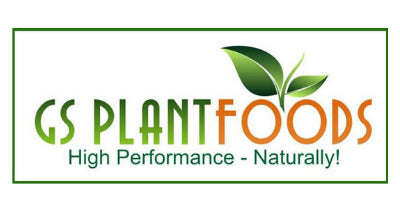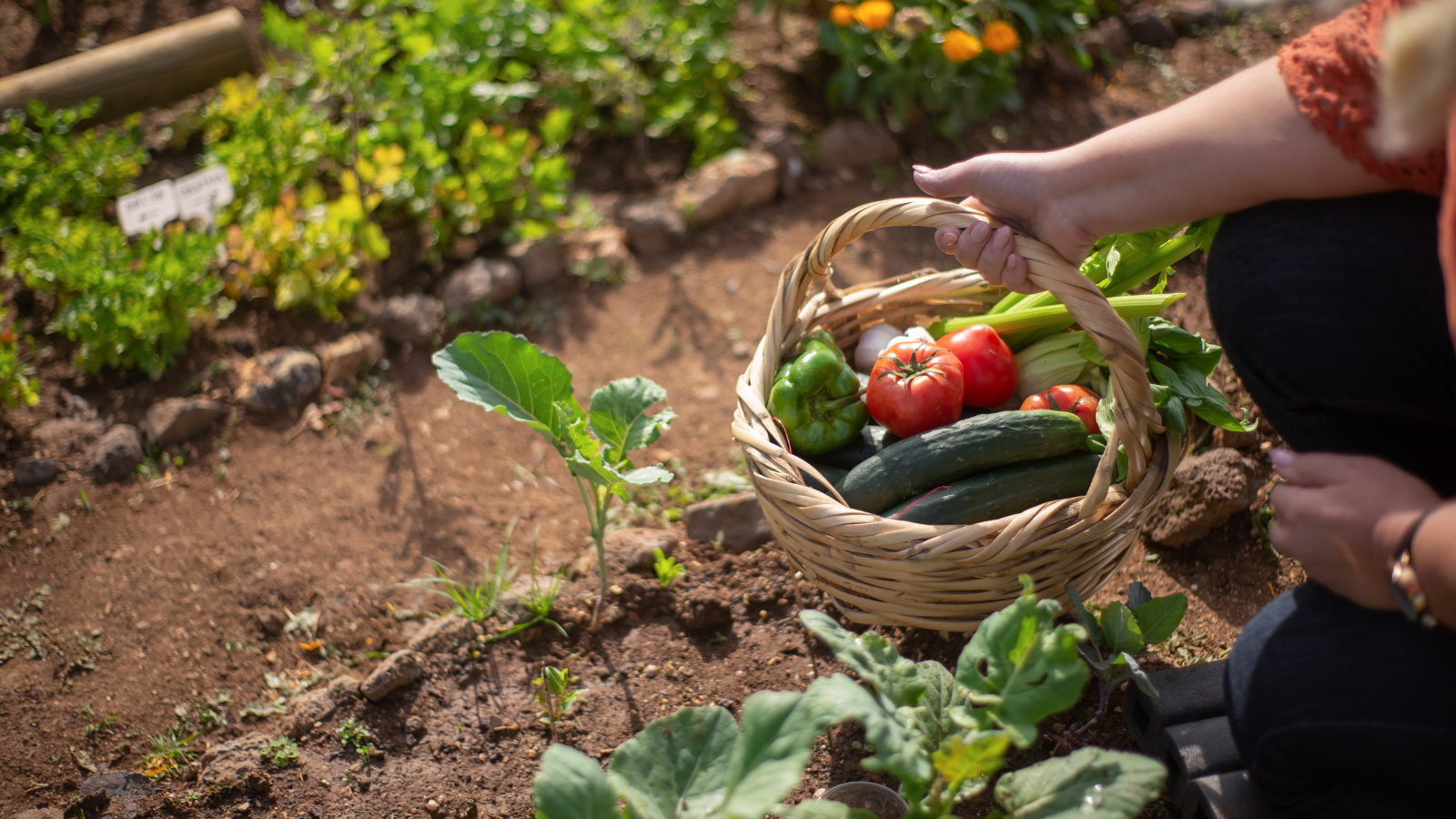Every gardener, at some point, has faced the mystery of slow-growing plants, leaves that look off, or fruits that just won’t set right.
You’ve watered regularly, placed them in the sun, even used quality soil and fertilizers — so what’s going wrong?
Often, the issue isn’t something you can see with the naked eye right away. It’s what your plants are missing inside. Calcium and magnesium deficiencies are two of the most common — and most overlooked — problems in home gardening.
They don’t shout right away. But over time, they lead to weak stems, curled leaves, low yields, and stressed plants. What makes it tricky is that most general-purpose fertilizers don’t include calcium and magnesium in high enough amounts, if at all.
This is where CalMag comes in. It’s a blend of calcium and magnesium in a form that plants can easily absorb, especially through their roots.
Whether you're a first-time plant parent or a seasoned grower, CalMag is one of those products that quietly works in the background to help your garden thrive.
Table of Contents
-
The Silent Struggle in Your Garden
-
Why Calcium and Magnesium Are So Important
-
When and Why Plants Start Running Low
-
How to Use CalMag for Best Results
-
Don’t Wait Until Your Plants Are in Trouble
Why Calcium and Magnesium Are So Important
Calcium and magnesium are both secondary macronutrients — not needed in the same quantities as nitrogen, phosphorus, or potassium, but still absolutely essential.
Plants that don’t get enough of them won’t die right away, but they’ll gradually weaken, making them more vulnerable to disease, pests, and environmental stress.
Calcium helps plants form strong cell walls, supports root development, and plays a key role in new growth.
Without it, plants may show signs like deformed or stunted leaves, blossom-end rot (especially in tomatoes or peppers), and poor root structure.

Magnesium, on the other hand, is the central atom in chlorophyll molecules — it’s literally the heart of photosynthesis. Without magnesium, plants can’t properly turn sunlight into energy. You’ll often see magnesium deficiency as yellowing between the leaf veins, especially on older leaves, while the veins themselves stay green. This condition is called interveinal chlorosis, and it’s a clear sign that magnesium is running low.
What’s more, both nutrients help plants take up and move other nutrients efficiently.
So, when calcium or magnesium is lacking, it often triggers a chain reaction of other deficiencies, even if those nutrients are present in the soil.
When and Why Plants Start Running Low
You might think that if you're using potting soil or compost, your plants are covered.
But many modern growing methods actually make plants more prone to calcium and magnesium deficiency.
Coco coir, for example, is a popular growing medium — it’s sustainable, lightweight, and great for roots — but it tends to hold onto calcium and magnesium, making them harder for plants to absorb. The same goes for hydroponics and soilless mixes, which don’t naturally contain these minerals.

Even if you're using regular soil, the problem could be in your water. Rainwater and RO (reverse osmosis) water are very clean — maybe too clean — and don’t carry many minerals. Tap water can vary widely by region.
In many places, the water is soft and lacks calcium and magnesium, which means your plants aren’t getting what they need unless you supplement.
How to Use CalMag for Best Results
The good news is that supplementing with CalMag is simple — but using it correctly makes all the difference.
Most liquid CalMag products are concentrated and are meant to be mixed with water. The exact amount depends on your plant type, growing medium, and stage of growth. Always follow the manufacturer’s instructions for mixing and frequency.
For most home gardeners, applying Cal-Mag 420 Dry Super Concentrate once a week during active growth and flowering is enough to prevent problems. If you already see signs of deficiency, you might use it more frequently until your plants bounce back.
Foliar feeding — spraying a diluted CalMag mix directly on the leaves — can help deliver nutrients faster, especially in urgent cases. But root uptake is more efficient for long-term balance.
It’s also important to watch how CalMag interacts with your base nutrients and pH levels.
In hydroponic systems, for example, calcium can become less available if the pH is too low. If you're using a lot of potassium-rich fertilizers, those can compete with magnesium for uptake, causing imbalance.
So, while CalMag is powerful, it’s still part of a bigger nutrient puzzle. Use it wisely, and your plants will thank you.
Also, calcium and magnesium are mobile nutrients. That means plants move them around as needed — but it also means that younger leaves may be protected while older leaves show the first signs of deficiency. By the time symptoms appear, your plant has already been struggling for a while.

Environmental factors matter too. Heavy rains can leach these minerals from the soil.
Hot, dry weather increases a plant’s demand for calcium. And during heavy flowering or fruiting phases, plants use more magnesium than usual. So even if your garden started the season off strong, you might still need CalMag later to keep growth on track.
Don’t Wait Until Your Plants Are in Trouble
CalMag isn’t just for rescue missions. It’s one of those supplements that works best when used before things go wrong. Like mulch or compost, it’s part of good garden maintenance — a small step that prevents much bigger problems down the line.
By giving your plants the calcium and magnesium they need early on, you help them build strong roots, steady stems, and vibrant leaves. That means fewer yellowing leaves, fewer nutrient issues during flowering, and a bigger, better harvest.
So next time you're planning your garden — or helping customers plan theirs — make CalMag part of the mix from the start. You don’t need fancy formulas or complex routines. Just a little extra care with the right nutrients can go a long way.
Healthy soil, good water, smart light — and CalMag. That’s the recipe for lush, resilient, happy plants.






Share:
Why Gardeners Love Seaweed Fertilizer
Composting Tips for a Healthy Garden